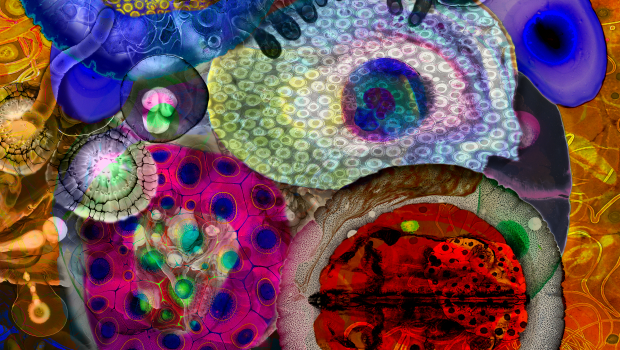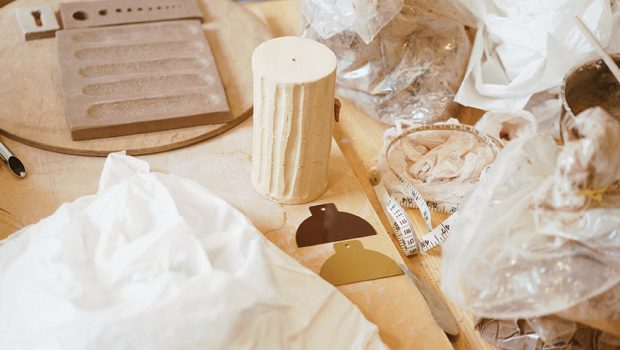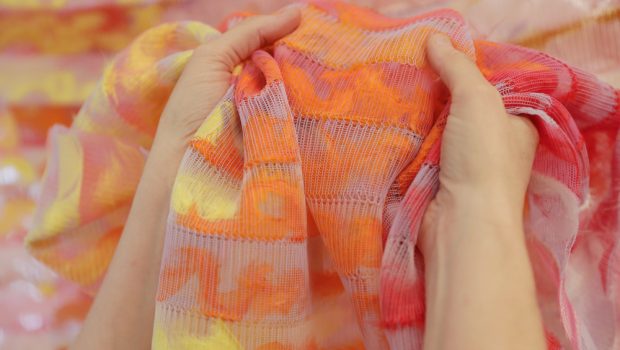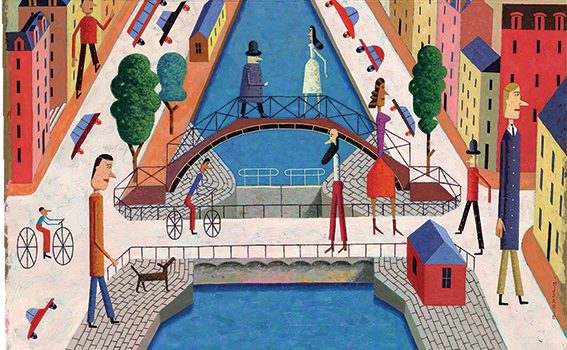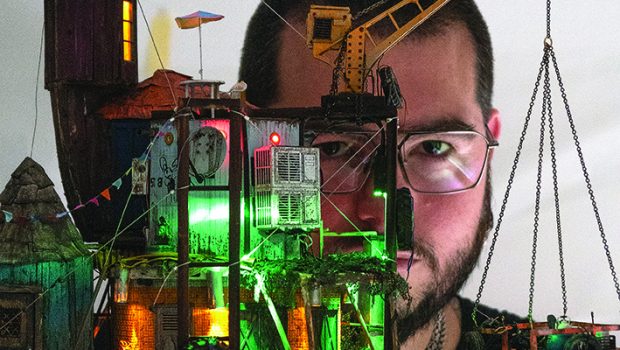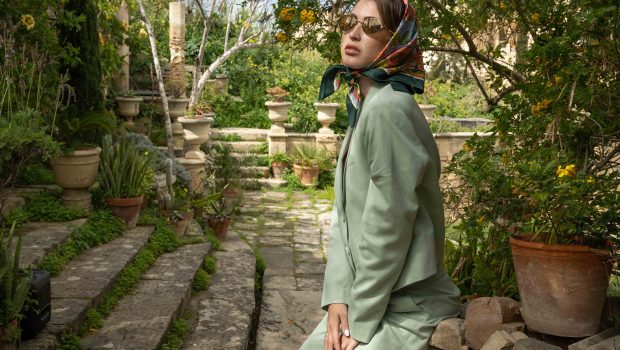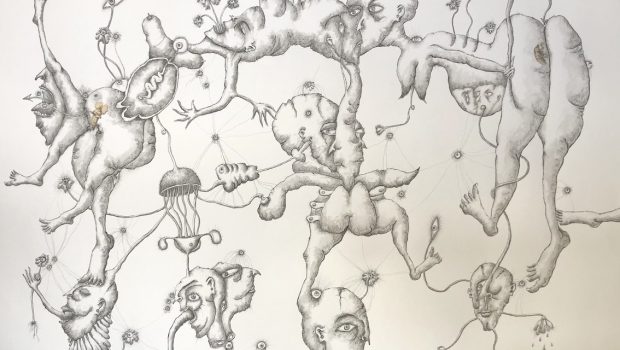Clay to kiln
Vamp meets Todd Barricklow, an artist whose work celebrates materials, techniques, and the evolution of artistic expression.
As the eldest son of two puppet-making school teachers, do you think your creative family environment influenced your interest in art?
My parents were children of the Depression, so they kept everything and repaired things with whatever was at hand. My father was fond of pieces of wood, string, and sometimes wire—the same materials that the puppets were made from. We were always making something and “fixing” things, even if they were brand new.
Working in multiple studios, do you find that different environments impact the way you approach or complete your work?
I can still remember the first time I visited an artist’s studio that was intentionally built for that purpose—I was amazed! All of the non-institutional art-making spaces I had seen before that had been on the kitchen table or in the corner of some garage. It was so inspiring to see a space designed specifically for creating.
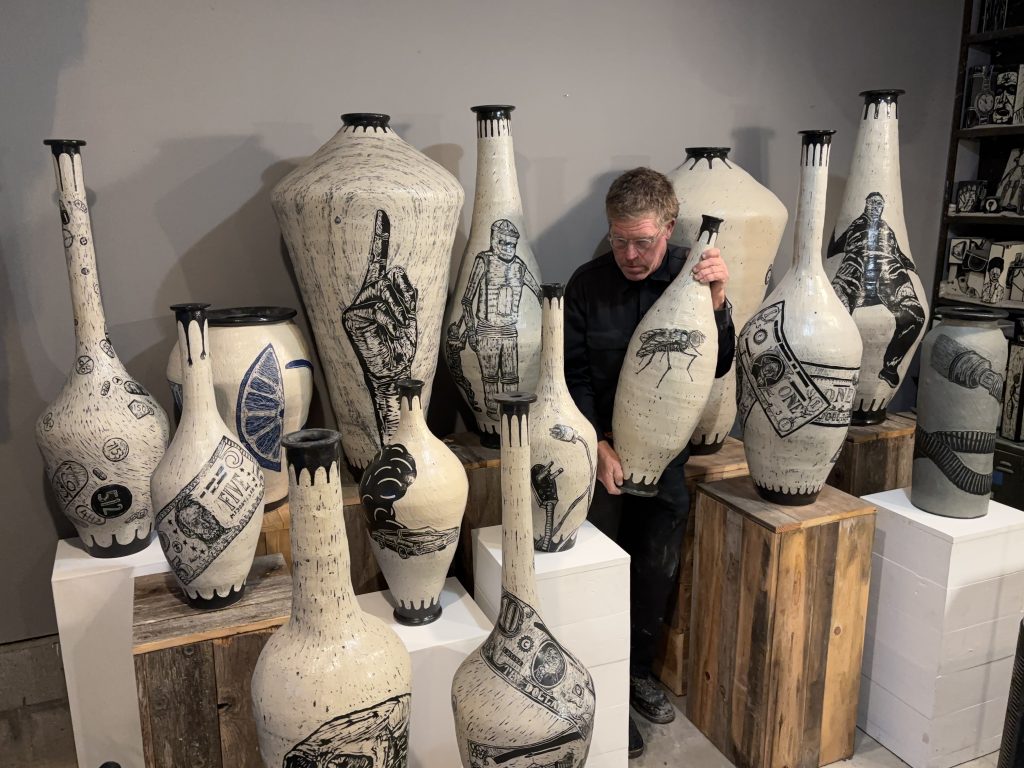
Each of my studios is set up for the medium I work in. The metal studio has the right lighting and ventilation, the pottery studio has fans and big doors that open to the clay-making area, and there are lots of windows high on the walls.
You graduated with distinction in 1992, with an emphasis in ceramics. What was it about ceramics that captured your interest?
I joke that ceramics kept me from ditching school because it was the last class of the day. Clay gave me a non-verbal way to express myself and experiment with form. When working with clay, you witness so much change as you shape it, with the final transformation happening in the kiln.
My clay shrinks about 12% from being wet to fully fired, and I am constantly amazed every time I open the kiln even to this day.
It’s interesting that you discovered a love for the sgraffito technique while at Kohler. What is it about sgraffito that resonated with you?
At Kohler, I was used to creating cured pieces based largely on collage, but that kind of work wasn’t possible in that situation. Out of desperation, I dumped some black pigment into a bucket of slip and painted it onto a large tile I had made. When it dried a little, I was able to draw on it with a pencil and then carve it.
At that moment, I was transported back to my time making woodblock prints it all clicked for me. Even though I had studied sgraffito in college, I had never given it much thought. Now, it’s the primary technique I use in my work. The world is full of color technicolor, boosted color but I find that black and white work is calming and stands out more than color these days.
How has your approach to art changed over time, especially as you’ve incorporated new materials and techniques?
I have always had a dry sense of humor and an appreciation for everyday objects, and I keep that sentiment in my work. Lately, I’ve tried to approach larger subjects, even as I continue to poke fun at our existence in the modern world.
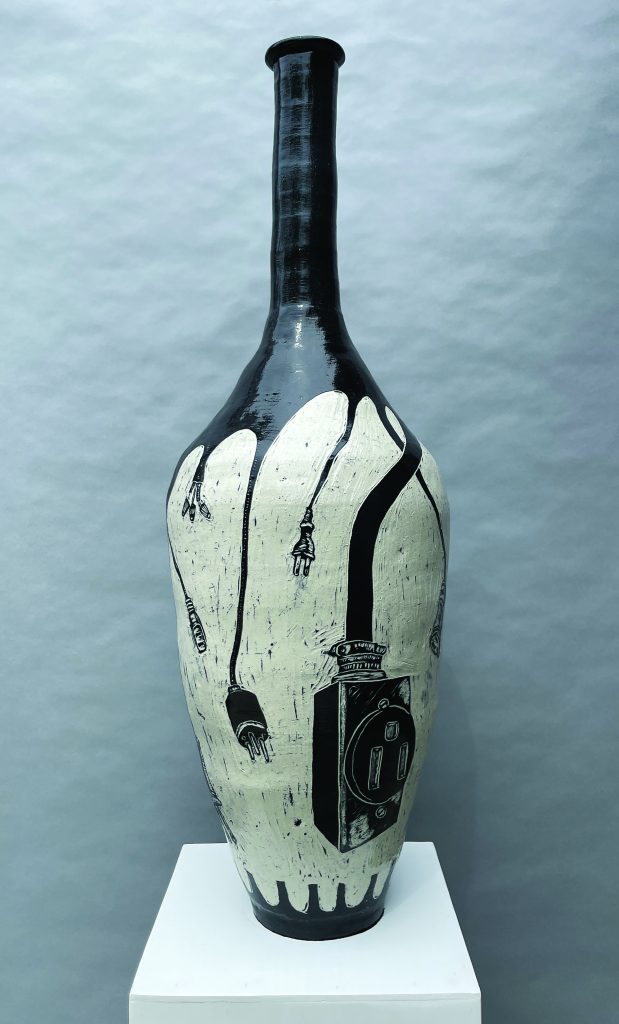
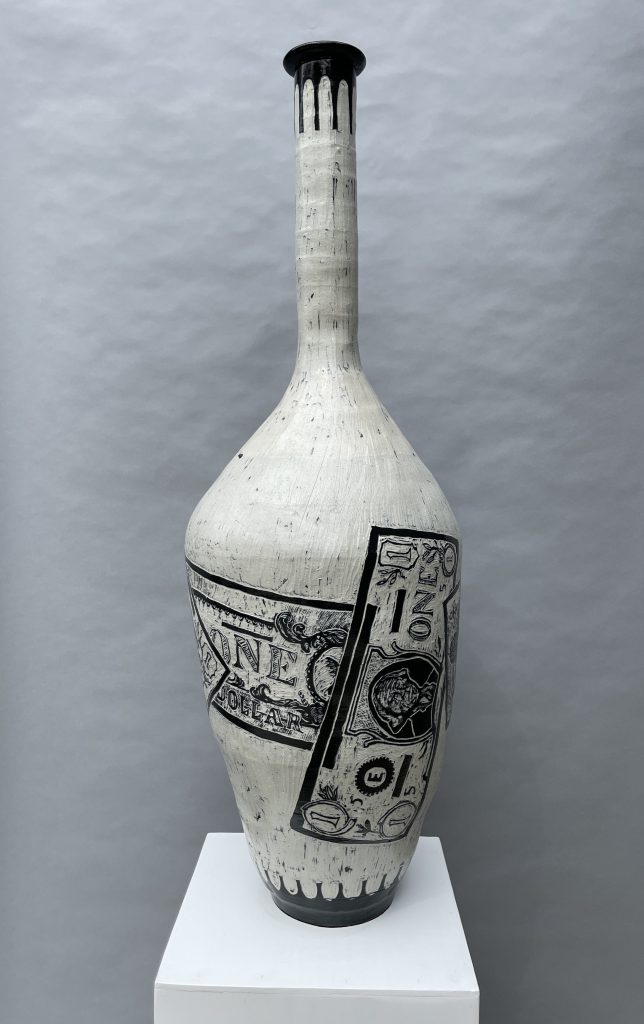
A couple of years ago, I was able to purchase a large kiln that allows me to make vessels over a meter tall. This has pushed my work and required me to adapt my techniques to build bigger. The only way to ensure these pieces make it through the process is to slow down both the drying and firing stages. Because of that, it can take months to finish a single piece.
To balance this, I work on multiple large pieces at once while also producing smaller works that can be completed more quickly. That way, I still get a sense of accomplishment along the way.
Are there any pieces or projects that you’re particularly proud of or feel represent a defining moment in your career?
I’m always most interested in my latest work. Lately, I’ve been deeply involved in a series of large amphora featuring images of what our culture values most—money, power, drugs, and sex.
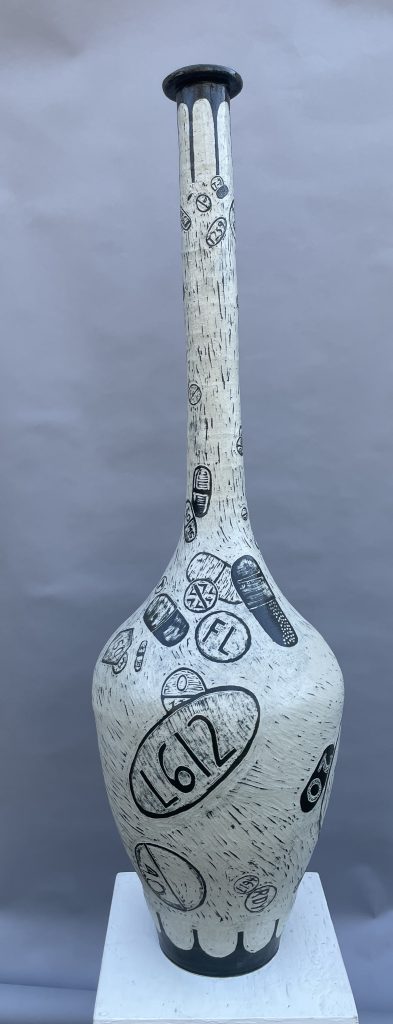
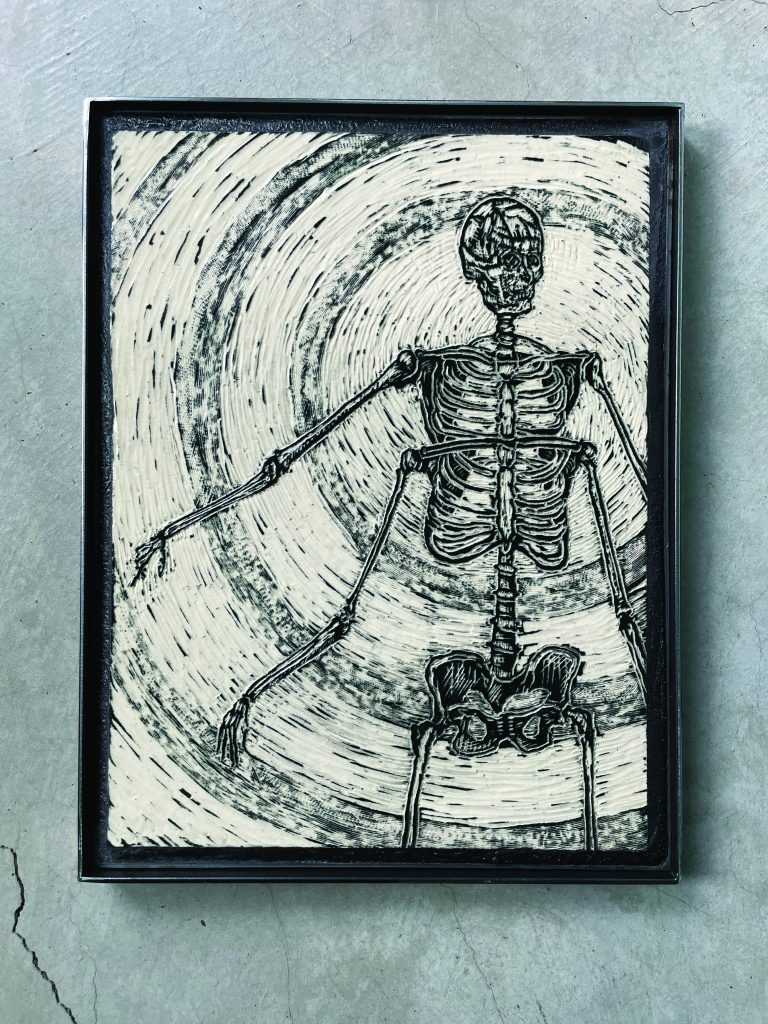
What are some goals or aspirations you have for the future? Are there any techniques or mediums you hope to explore further?
I have some ideas that I think need to be built out of terracotta clay. It has a different feel and mood that I’d like to explore.
Do you have any advice for aspiring artists, especially those interested in working across various media like yourself?
Draw every day. Draw from life, from pictures, from your imagination. Set a goal for a certain number of pages to draw daily and stick to it. Push yourself—focus on the details that are difficult. If you struggle with drawing hands, spend several days drawing only hands. Study how other artists approach their work and learn from them.
Go to museums and draw the paintings. Sketch people on the subway, cars on the street—draw as much as you possibly can. It will pay off.

